Living Through Ecocide: A Powerful Artistic Call to Confront Environmental Destruction
Curated by the Butterfly Effect Collective - formed by our MBA Arts & Cultural Management students.
ARTISTS:
- Celia BOULESTEIX
- Margot ANQUEZ
- Emilo CHAPELA
- Oleksii FURMAN
- Tanguy PITAVY
- Olga KARIKA
- Dima ASTAFIEV
At: 9 Rue Paul Bert, 92120 Montrouge
Les Jardiniers Montrouge
24 Aug - 01 Sep. 2024


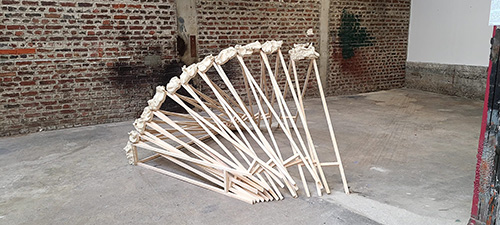
In a time marked by an escalating ecological crisis, the exhibition “Ecological Issues: Living Through Ecocide" emerged as a critical visual discourse examining the impact of human actions on our planet.
“Ecological Issues: Living Through Ecocide” was designed to inspire an active and reflective response to environmental preservation. The term “ecocide” was coined by Professor Arthur W. Galston. The neologism is constructed using the words ecosystem and genocide, in order to symbolize the systematic and massive destruction of ecosystems. This term is used in reference to deliberate acts of destruction in a natural environment, as well as all acts, which by their nature may provoke an environmental disaster.
The exhibition aimed to encourage visitors to consider their personal roles and the collective impact of human behavior on the environment. This was a call to action, urging a shift from passive awareness to proactive engagement and positive change. It presented itself as a thought-provoking conversation about ecological preservation that explores the complex influences of human activity on Earth. The exhibition highlighted the ecological challenges that society faces today: excessive consumerism, the devastation caused by military conflicts, and failing waste management. All of these factors increase the degree of severe pollution, acceleration of climate change, and eradication of biodiversity.
The exhibition represented the works of the following international artists:
Margot Anquez Barisea. Margot is a French artist who explores the connections between geological and human landscapes. Her art practices aim to illuminate the themes of fertility and transformation of ecosystems due to human industrial activities which are major issues of our time.
Célia Boulesteix. Célia is a French artist whose multidisciplinary practice explores contemporary space as a timeless, anti-monumental, and intimate vector,producing non-linear poetic narratives through her pieces.
Tanguy Pitavy: French multi-disciplinary artist who works with everything from metal to papier-mache, computer work, and ceramics. For him, art is a means of transcribing his thoughts onto canvas. Tanguy’s art carries a socially committed message by satirizing our society.
Oleksii Furman: Ukrainian documentary photographer and visual storyteller, a graduate of the University of Missouri, and co-founder of New Cave Media, an immersive storytelling studio in Kyiv, Ukraine. He covered the Ukrainian revolution of 2013-2014, the annexation of Crimea, and continues to work, documenting the war in Ukraine.
Olga Karika: Olga explores the reimagining of classical canons from Northern Renaissance traditions and classical heritage. Her artistic practice modernizes and reinvents classical motifs and symbols by blending contemporary techniques with historical influences. Olga creates works that challenge and expand the viewer's understanding of classical art, inviting them to see these timeless themes in a new light.
Dima Astafiev: Dima is a Ukrainian generative artist. He discovers the new practice of merging data and art, expertly crafting immersive installations and generative graphics. By utilizing real-time data patterns and incorporating human input, Dima transforms diverse datasets into various digital art creations.
Emilio Chapela: The artist approaches the environmental crisis from different angles, blending philosophical and historical perspectives with a critical analysis of programming, the internet, and artificial intelligence. He also integrates scientific and anthropological research to condemn the pollution of rivers and other bodies of water in Latin America.
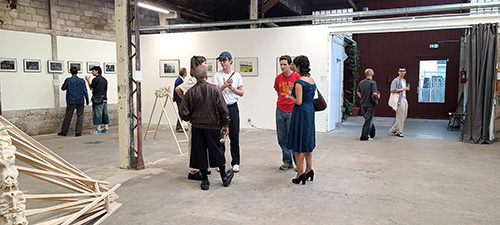
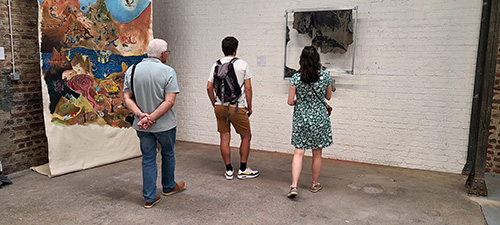
Each piece acted as a beacon for introspection, compelling viewers to face the harsh realities of environmental degradation to which we are all contributors. The artists, though varied in their techniques and perspectives, share a common commitment to using their art to question, critique, and offer insightful narratives that provoke a reevaluation of the normative behaviors that underpin our society.
In this exhibition, art became a persuasive force, advocating for change and encouraging a deeper connection with the issues at hand. It invites the audience to reflect on personal responsibilities and to imagine new possibilities for environmental stewardship. "Living Through Ecocide" not only aims to inform and disturb but also to inspire and mobilize collective action towards a more sustainable and respectful coexistence with our planet.
Discover more about the students' projects and about the programs that IESA offers

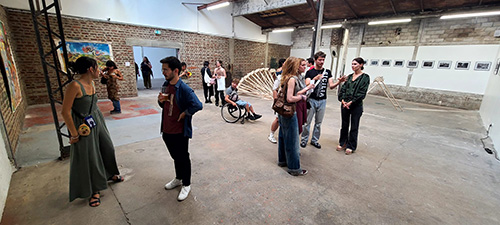
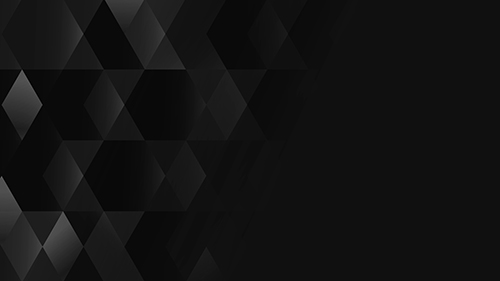

 Download application form
Download application form